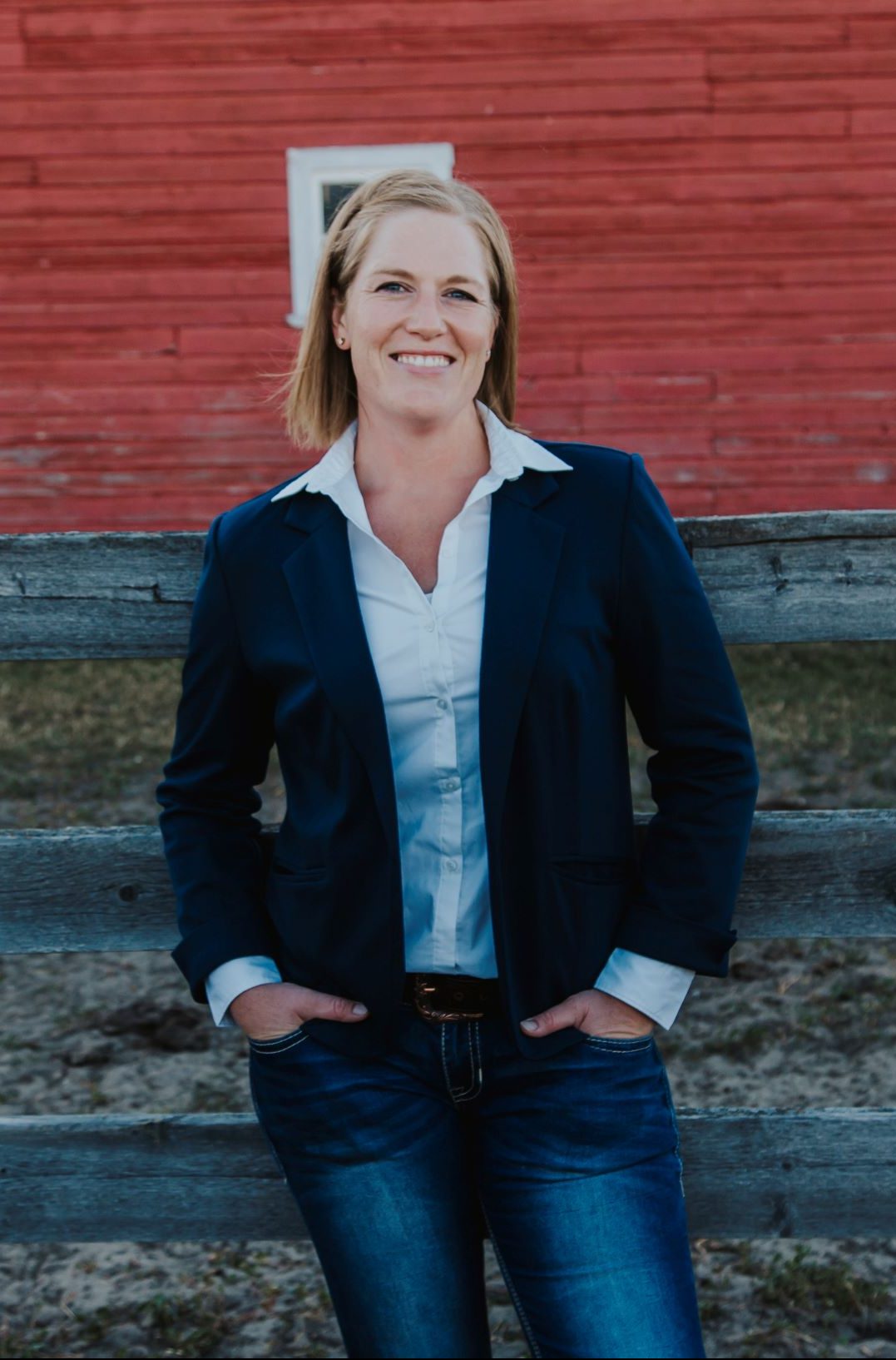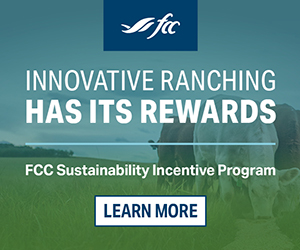AB Direct - Steers
Rail: 492.00-493.50 FOB feedlot (last week)
AB Direct - Heifers
Rail: 492.00-493.50 FOB feedlot (last week)
US Trade- Steers
Rail: 355.00-363.00 (IA, NE) last week
US Trade - Heifers
Rail: 355.00-363.00 (IA, NE) last week
Canadian Dollar
0.19

Three assessments to make ahead of loading cattle
Fall on the farm is busy, no question about it. Moving cattle, weaning calves, hauling feed, preg-testing…it’s easy to get caught up in the fast pace. And while moving fast can get lots done, we need to make sure that it doesn’t come at a cost.
There are many important areas under the VBP+ program, but arguably the most important, critical-control point on a beef operation is shipping – calves, fat cattle, cull cows….everything! Once that animal gets on a truck, it is out of your hands. This makes it our responsibility as beef producers to ensure that every animal that we ship is fit to do so.
Assessment 1: Chemical Risks
Chemical risks are hazards which may affect the meat from an animal, with the most common type being residue from veterinary products. To manage this, we need to pay special attention to withdrawal periods, which are listed within the product label for all veterinary products approved for use in Canada.

Any cattle potentially headed for slaughter should be clear of ALL withdrawal periods prior to shipping. This includes vaccines, antibiotics, fly/parasite control products, pain control products, some feed/water additives, etc. Some products may have different withdrawal times depending on the route of administration (eg. intramuscular vs. subcutaneous), so it is important to note both the dose and the route when making treatment notes.
Another withdrawal period to keep in mind is crop protection products. This year some of us have been innovative in finding feed or pasture for our cattle, which may have included crops that weren’t originally intended for livestock. Some crop protection products can have a withdrawal period related to cattle, so be aware of the products used, and their unique withdrawals.
Considering withdrawal periods before shipping animals
If you are unable to find the product label or withdrawal date for a veterinary or crop protection product, please consult your veterinarian or agronomist. If you are looking up information online, ensure that you specifically search for Canadian labels as they may differ from approvals for other countries.
Assessment 2: Physical Risks
We have come a long way with being able to detect foreign objects in meat, but there are still broken needles found in the beef processing sector. This has potential to be a very negative news story for beef if any of these fragments find their way to a consumer’s plate. There are things we can do to reduce the risk of broken needles, but that is a topic for another day.
Key point here: if you think you may have broken a needle in an animal, write it down. Include the animal ID and the location of the suspected broken needle, and keep that information readily available when scanning records prior to shipping.
An animal with a broken needle in it may still live a long, productive life but when it is time for them to head down the road, the best option is to take it to a local abattoir for your own use, and note to the butcher that you suspect a broken needle in a certain area. Many of us may never see a broken needle in an animal through our lives and that is great, but it is still important to know what to do if it happens.
On animals not destined for slaughter
If you are selling cattle that are not destined for slaughter, it is important to notify the next owner of any outstanding withdrawal periods or potential broken needles. For example, if you sell bred heifers which were just processed and one of them is injured on the way home, the new owner should know whether that animal is safe for emergency butcher. Informing the next owner can be as simple as a note on a manifest or bill of sale, a text message, or letting sale staff know at the auction mart. Make a note of how you informed the next owner for your own records.
Assessment 3: Fitness for Transport
When we load animals for transport, it’s our responsibility to assess whether the animal is able to make the trip in good condition. To do this, we should take into account the full extent of the journey that the animal may be on — not just how far we are taking it ourselves.
For example, I may have a cow that I think can make the 20-mile jaunt to the auction mart in town, but I should also be thinking about the fact that it may be several days and another longer haul before she gets to her final destination. Do I think she is up for that? It may be a different answer.
If cattle are not expected to be able to stand a longer duration haul or the conditions they may see along the way, a better option might be to take the animal directly to a local abattoir, or consider harvesting the animal on-farm.
Recording Checks
One of the best ways to ensure we are doing the right thing is to create processes. I promise, this is not as complicated or overwhelming as it sounds!
While many producers are already doing these checks prior to shipping, the VBP+ program really focuses on being able to prove you are checking. In this instance, it can be as simple as having a column on a shipping record for a “withdrawal/broken needle check.” That column can then be checked off or initialed every time cattle are shipped.
Most animal health software programs have built-in shipping checks, which will identify any outstanding withdrawal periods or noted broken needles. If you are using one of these systems then it is as simple as pulling a report when shipping cattle.
Find a process or system that works for you and make it part of your routine! Having evidence of these checks shows due diligence and good management, which can go a long way in today’s world.



